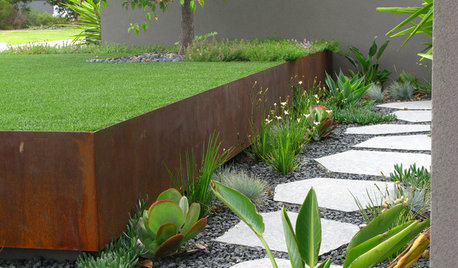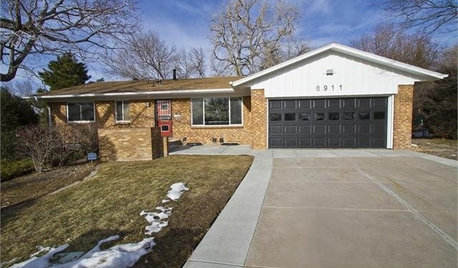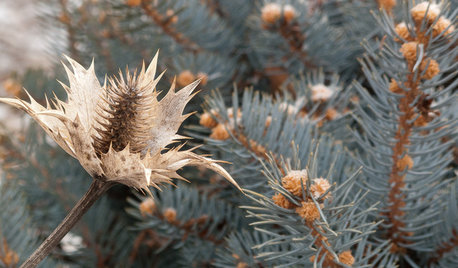First House in Denver - Lawn Questions
jeremywildcat
14 years ago
Related Stories

SELLING YOUR HOUSE15 Questions to Ask When Interviewing a Real Estate Agent
Here’s what you should find out before selecting an agent to sell your home
Full Story
LANDSCAPE DESIGN7 Questions to Ask Before Laying Stepping Stones
These broken-up pathways invite you to put a spring in your step — while adding functionality to the garden
Full Story
HOUZZ TOURSHouzz Tour: 1960s Ranch Redo in Denver
This sibling team balanced their renovation budget by spending where it counts, and turned their Colorado childhood home into a showplace
Full Story
WINTER GARDENINGInspiring Winter Scenes From the Denver Botanic Gardens
Use seed heads, bare branches and grasses to design lovely garden displays when the ground is frozen
Full Story
FRONT YARD IDEASBefore and After: Front Lawn to Prairie Garden
How they did it: Homeowners create a plan, stick to it and keep the neighbors (and wildlife) in mind
Full Story
SAVING WATERHouzz Call: Are You Letting Go of Your Lawn?
Many facing a drought are swapping turf for less thirsty plantings. If you’re one of them, we’d like to hear about it
Full Story
MOST POPULARMeet a Lawn Alternative That Works Wonders
Carex can replace turfgrass in any spot, is low maintenance and adjusts easily. Add its good looks and you’ve got a ground cover winner
Full Story
GREAT HOME PROJECTSHow to Replace Your Lawn With a Garden
New project for a new year: Lose the turfgrass for energy savings, wildlife friendliness and lower maintenance
Full Story
BEFORE AND AFTERSSee 6 Yards Transformed by Losing Their Lawns
Wondering whether a turf lawn is the best use of your outdoor space? These homeowners did, and they found creative alternatives
Full Story
LANDSCAPE DESIGNGet Along With Less Lawn — Ideas to Save Water and Effort
Ditch the mower and lower your water bill while creating a feast for the eyes with diverse plantings and gathering places
Full Story







bpgreen
dchall_san_antonio
Related Professionals
Comstock Park Landscape Architects & Landscape Designers · Otsego Landscape Architects & Landscape Designers · Walnut Landscape Architects & Landscape Designers · Mount Wilson Landscape Architects & Landscape Designers · Canton Landscape Contractors · Cicero Landscape Contractors · Long Beach Landscape Contractors · Lynwood Landscape Contractors · North Highlands Landscape Contractors · Point Pleasant Landscape Contractors · Richmond Landscape Contractors · Rockwall Landscape Contractors · Yukon Landscape Contractors · Glenn Heights Swimming Pool Builders · Long Branch Swimming Pool BuildersjeremywildcatOriginal Author
Gags
bpgreen
penaddict
jeremywildcatOriginal Author
bpgreen
dchall_san_antonio
jeremywildcatOriginal Author
bpgreen
jeremywildcatOriginal Author
garycinchicago
bpgreen
bpgreen
garycinchicago
dchall_san_antonio
jeremywildcatOriginal Author
jeremywildcatOriginal Author
jeremywildcatOriginal Author
organicnoob